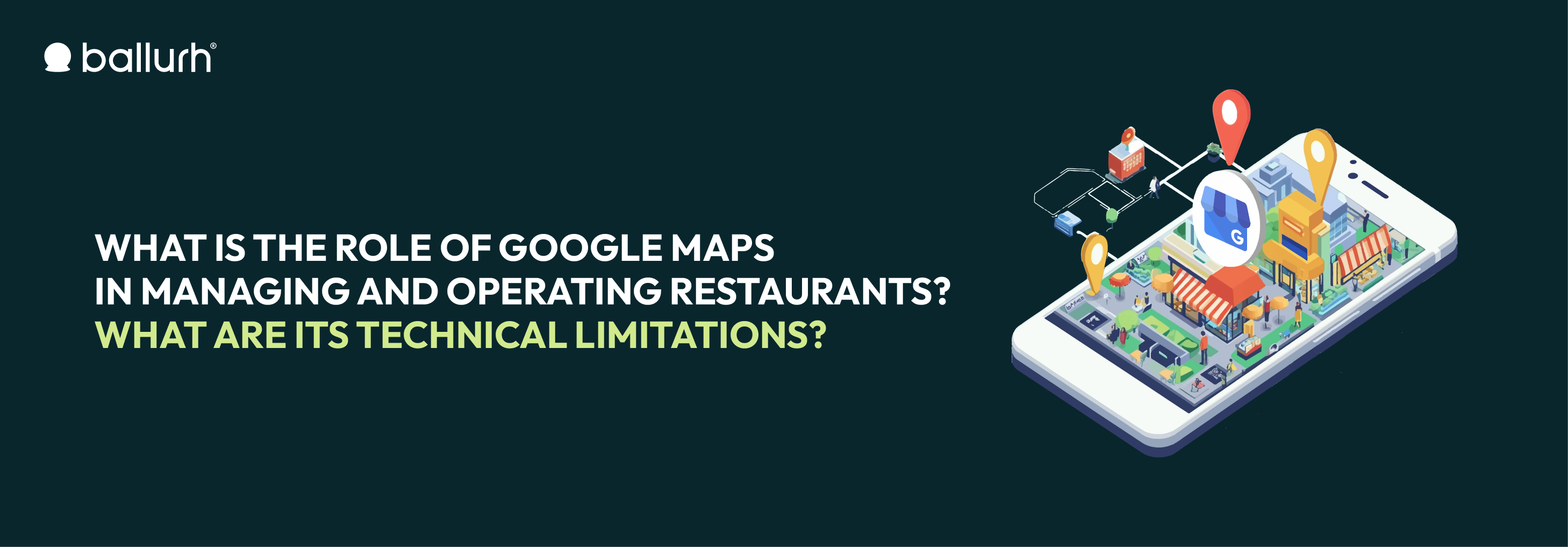
It is a free Google Maps tool that allows business owners to manage the appearance of their business on the Google search engine, and enables them to view activity information, communicate with customers, in addition to displaying some data that allows them to understand customer behaviors and preferences.
According to the Executive Summary of the The Small and Medium Enterprises General Authority “Monsha’at”, the growth rate of the food and beverage sector in the Kingdom is expected to be 7.66% during the upcoming period, bringing the volume of transactions to 93.6 Billion Riyals in 2025.
In an attempt by restaurant owners to keep up with this tremendous growth, many of them have adopted modern technologies to manage and operate their facilities more effectively, which is what is meant by the Lean Restaurant Operation, to use the technological capabilities to uplift operational efficiency and minimize expenses. As the Business Profile feature from Google allowed business owners to:
– Reaching a larger segment of customers
By providing essential activity information in the search engine, such as working hours, contacts numbers, website link, menu, prices, directions, etc.
– Direct interaction with customers
Receiving customer reviews, answering their frequently asked questions, direct messages, and setting relevant alerts for a faster engagement.
– Local search engine optimization (SEO)
By including keywords in the Business Profile to improve the visibility of the business in Search Engine Result Pages (SERPs).
– View information in real-time
Both the business owner and the customer can view business information in real-time, such as how crowded the place is, or whether it is open or closed.
– Observing customer behavior
Such as peak hours and the terminology used to reach the business profile. It can also track traffic after linking it to Google Analytics tool.
One of the reasons Google Maps is successful in its role, is the business owners’ acknowledgment of how data is valuable and important to business growth.
Despite the advantages provided by the Business Profile tool from Google Maps to contribute to the Lean Restaurant operation, it also has limitations in many aspects that should be taken into consideration before relying on it as an essential analytics tool.
While the tool provides good insights into some customer behaviors and peak hours, it does not provide a comprehensive analysis of some important aspects of a restaurant’s operation. For example, it can’t calculate the average basket size, the repetition of Drive-Thru orders compared to Dine-In orders, or preferred payment methods. These minor details could be essential for any restaurant owner who is seeking to make thoughtful strategic decisions aimed at improving customer experience and achieving growth.
It’s data. In addition to the data provided by the Google Maps to restaurant owners, Ballurh provides more accurate and precise readings that go beyond observing peak hours and customer’s feedback, but also include the following:
And other deep, actionable features, data, and insights that contribute to:
– Improving customer satisfaction rate
Through data analytics and insights provided by the platform, customers’ behavior and preferences can be understood to customize menus and offers based on an actual reading. This is not only to improve the customer’s experience, but also to increase the chances of a repeated visit.
– Improving menu engineering and pricing
Through observing data analysis of an item’s popularity, ingredient costs, and profit margins, the business owner can make informed decisions when identifying highly profitable items and pricing them strategically.
– Improve inventory management
Through insights from data analysis, Ballurh platform can predict inventory levels and future needs, to reduce expenses and increase profit margins.
– Improving marketing plans
Marketing efforts depend on the quality of the data provided and a deep understanding of the targeted segmentation. Through the data analysis and insights provided by the platform, focused marketing campaigns can be created to target customers through social media, marketing messages, and loyalty programs.
For more information about the Ballurh and its stimulating properties for potential growth opportunities in your restaurant, contact the sales team through 920031412.